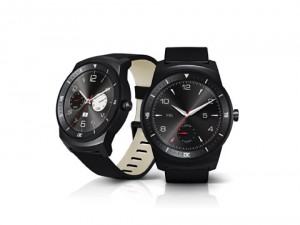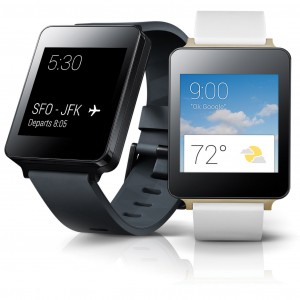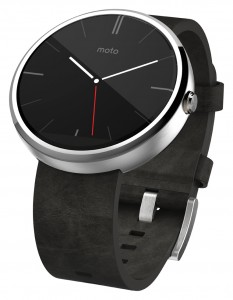GADGETS GIZMOS GEEKS – BACK TO THE FUTURE
Wearable technology is her to stay. We assess how it will change your life
Technology has made things exciting for all of us. It has enabled mankind to make things ductile, malleable, foldable, touchable, and most recently, wearable.
Wearable technology (as defined by Webopedia) is technology “that can be worn by a consumer and often includes tracking information related to health and fitness. Other wearable tech gadgets include devices that have small motion sensors to take photos and sync with your mobile devices.” The success of a gadget is dependent primarily on two factors – the features it can proudly boast of and the amount of value it adds to a consumer’s life. An ever increasing demand for mobile phones has also led to consumers demanding more accessories or add-ons for their existing devices. Bluetooth headsets, speakers, selfie sticks and power banks are just a handful in an extensive list of accessories that sell almost as well as phones themselves. But the world has moved one step further and provided an in for a niche market of wearables.
Wearable devices include fitness trackers, smartwatches, augmented reality devices and life monitors. The possibilities that these devices offer extend to infinity and beyond. From monitoring your heart rate to tracking the amount of time you’ve slept, to accepting voice commands and storing your life’s most special moments with the touch of a button – these are just a few things these devices can do.
ALL THIS WEAR AND TEAR
Can your watch tell the time? Of course it can! Does it also let you respond to texts, instant messages and emails? Or show you the latest news and provide weather information? Or play music straight into your ears or help you with GPS when you’re lost in an alley?
Watches are passé. It’s time to embrace a higher form of timekeeping; it is time to embrace the smartwatch. Commonly known as Android Wear, smartwatches form a major part of the wearables market. A smartwatch makes life easier by providing the information you need as well as acting as an extension of your phone. About 10 years ago, our concept of the smartwatch was the Casio Databank series of watches which included functions like a nifty little calculator. But watches have come a long way. To illustrate, let’s look at the Sony SmartWatch 3 SWR50 powered by Android Wear. This watch uses its intuitive technology and features a ‘life logging’ experience by capturing user data such as sleep time, walking distances and calories burnt, and also fine tunes to your daily routine by providing commuting updates such as traffic alerts and arrival of the next train – not to mention saving your life by reminding you of your anniversary or your girlfriend’s birthday.
Take the Moto 360 smartwatch for example too. Motorola was the first company to come out with a classic round watch face. A slick body, round face and wireless charging, the Moto 360 was the most anticipated Android Wear watch for a long while. It was also perhaps the only one of the Android Wear bunch that was a hit with both the guys and the ladies. While most watches run on Android Wear, some, such as the Pebble Watch have their own proprietary software to provide unique functions such as daylight reading and at glance notifications.
NEXT LEVEL REALITY: AUGMENTED
In early 2013, the world was taken by storm by the possibility of owning a mass produced ubiquitous computer that could be worn like a pair of sunglasses. We are talking, of course, of Google Glass. Google Glass was the first step (or rather, giant leap) taken with OHMD (optical head mounted display) technology that allowed users to quite literally see the world with a different perspective. Google Glass was first opened to developers in 2013 for testing and reporting purposes. Now Google has announced that the Glass would become available to the public in early 2015, with the option of fitting prescription lenses. What makes Google Glass so alluring? It uses augmented reality technology, meaning it superimposes a virtual computer-generated image over what your eyes are actually looking at. For example, if you’re stuck in traffic and request for maps on your Google Glass, a translucent map to your destination will be projected in front of your eyes over your view of the traffic. The possibilities with this device, therefore, are endless. Every real life situation could be enhanced with some virtual input using this device. And while Google Glass has been designed with many in-built features to make this possible, it still relies on third-party apps to provide extended features and functionality, not unlike the typical smartphone.
The next stage of evolution for the OHMD is the VRD (virtual retinal display) technology, currently being developed and tested in product form as Avegant Glyph. This gadget seems straight out of a Matrix movie; the headset beams the display directly to your retina for some really snazzy virtual 3D computing. The stage is set for wearables to become as indispensable to us as our mobile phones. Watch this space for more!
THE COOLEST SMART WATCHES IN TOWN
* MOTO 360
* LG G WATCH
* SONY SMARTWATCH SERIES
* LG G WATCH R
* SAMSUNG GEAR LIVE
* PEBBLE WATCH
Volume 4 Issue 6






























